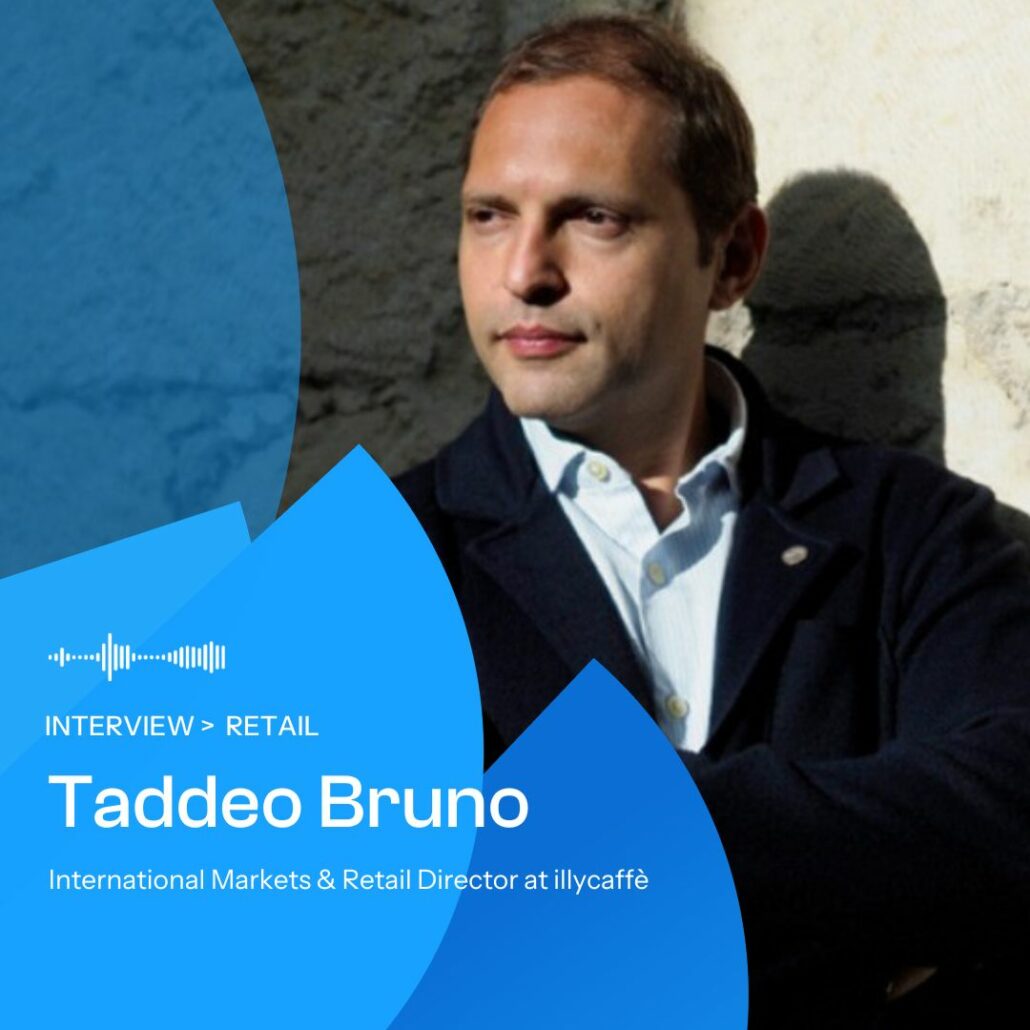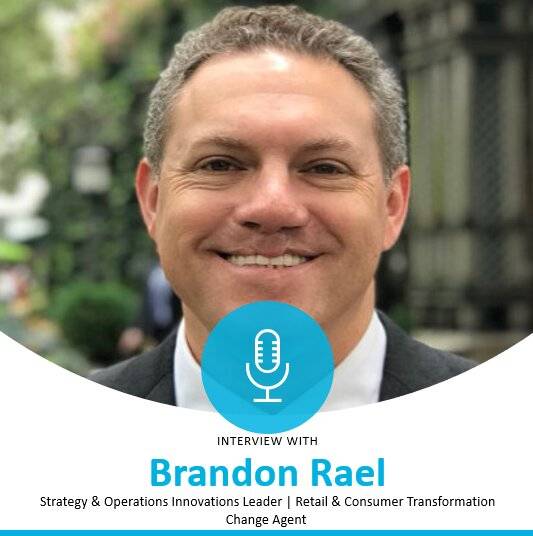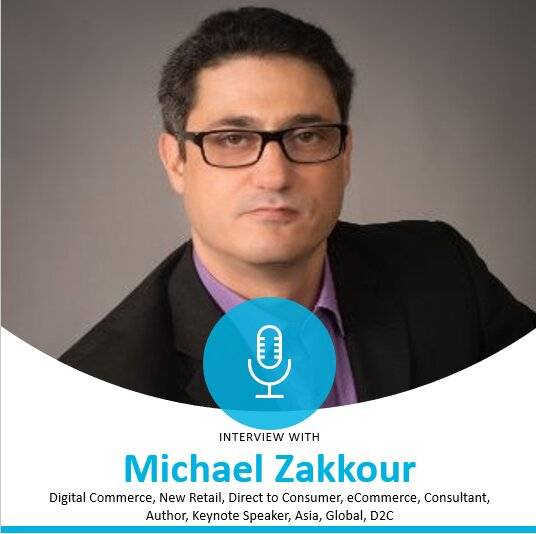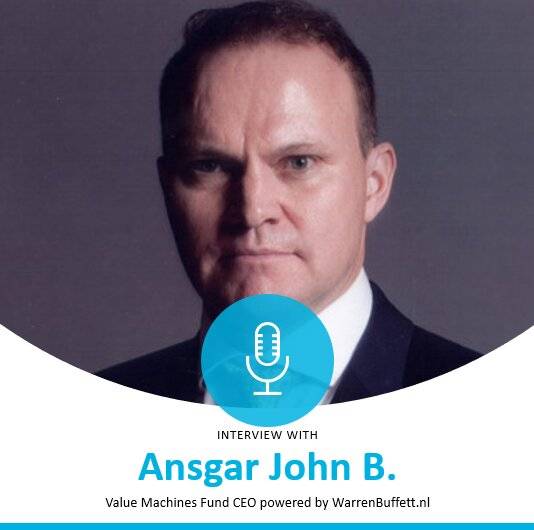In this interview, we sit down with Taddeo Bruno, International Markets & Retail Director at illycaffè, to explore the evolving dynamics of the retail sector.
Taddeo Bruno firmly believes that physical retail is here to stay—but it must transform. Stores are no longer just product containers; they are becoming immersive spaces, designed to engage consumers and offer memorable, experience-driven connections to the brand. From the integration of cutting-edge technologies like augmented reality and artificial intelligence to the importance of clarity, simplicity, and emotional connection, Bruno shares his insights on what it takes to make physical retail not just survive, but thrive, in the modern omnichannel landscape.
He emphasizes that success in retail hinges on building meaningful relationships with customers—treating them not as buyers but as partners—and creating spaces where choosing a product becomes a deliberate, value-driven choice.
As we discuss the challenges, trends, and opportunities facing the industry, Bruno offers a clear vision: the future of retail is integrated, ethical, and experience-focused—a place where consumers don’t just shop but connect. Let’s dive in.
Interview Retail with Taddeo Bruno
We start by assessing the current context of the retail sector. Will offline disappear?
Physical retail will not disappear but will need to evolve and transform from a product container to content, becoming a generator of experiences for consumers. The consumers should not reach the physical location just to find the product they are looking for but to live an immersive experience within the brand and its values. Product availability should merely serve as a frame for the experience, and, in an omnichannel logic, consumers will be able and expected to find the product across all channels while enjoying a distinct, brand-aligned experience on each of them
What are its defects and virtues in front of online retail?
I wouldn’t talk about flaws and virtues, nor would I judge the form of physical retail. Instead, I would ask myself, ‘What should the role of physical retail be in a multichannel strategy?’ The answer, which every brand will need to interpret independently, is to bring the consumer into their world, into the brand’s home. And like any host, they should ask themselves, ‘What would I want my guests to think of my home?’.
Physical retail will need to demonstrate its ability to transform, not as an alternative to the online world, but as a different consumption experience
What is the biggest problem or weakness that retail has to face?
Physical retail will need to demonstrate its ability to transform, not as an alternative to the online world, but as a different consumption experience. It should not focus on competing with online shopping but instead complement, integrate, and enrich the consumer experience that the online world provides with ‘physical’ experiences that can make the consumer’s shopping journey unique.
In the current context, what role does technology play in retail?
Technology already plays a key role in making consumption experiences unique, engaging the consumer far more than the online world can, and making the relationship between the brand and its consumers more intimate. Augmented reality and artificial intelligence applied to physical shopping are beginning to make, and will increasingly make, consumption experiences simpler and more accessible while at the same time unique and unrepeatable.
Everything we do must be easy and immediate for a consumer to understand
What does it take for a store to work? Is there a magic recipe?
Clarity in layout and immediacy in communicating with the consumer are essential. In France, there is a saying: ‘je comprends, je prends’ (I understand, I take), which should guide the development of our physical retail. Everything we do must be easy and immediate for a consumer to understand. In-store navigation should be simple, communication clear, and the message the brand wants to convey unique, straightforward, and direct. I can’t help but smile when I walk into a store where the navigation or layout is so complicated that, in the end, you don’t even understand the experience you’ve had. This is retail, not rocket science—let’s keep it simple
How is customer loyalty achieved? How do you engage your customers?
By treating loyal consumers not as customers but as partners, you don’t try to sell them something; instead, you involve them in the decision-making process. You don’t tell a partner what to do; you make suggestions and offer alternatives. With a partner, you invite them into your world, show them what your brand represents, and explain the ecosystem of brands they’ve entered (including through experiences with similar brands in other industries, or by ensuring experiences of a level comparable to your brand or inspired by your brand and its values). You make them understand that choosing you is not just about buying a product, but about making a consumption choice. At the same time, however, you must remember that there are also consumers who choose your product for what it is or simply because they prefer it. In these cases, you need to make it easily accessible and focus on addressing any basic purchasing or post-sale issues the consumer may encounter. This easy segmentation can help the brand grow.
How do you see the future of retail?
As an experience-driven space, integrated within an omnichannel approach, ethical and sustainable, capable of building emotional connections and offering personalized experiences. In a nutshell, a place to visit







